Slow cooking is a fantastic way to increase the flavour and tenderness of your dishes. Here’s a bit of advice from local butcher Michael Fleming on how to make sure you’re getting the best out of it.
What are the main advantages of slow-cooking?
Slow cooking is a great way to get good value for money with meat, as it’s the tougher cuts that work best with this cooking style. Tougher cuts benefit from slow cooking because you need the longer, lower cooking to really make it tender and flavoursome. You’ll be surprised at how rich the flavours from these cuts can be. Compared to five years ago, there are definitely more and more customers now asking for specific cuts of meat for slow-cooking — such as beef short ribs on the bone — and your butcher will more than likely have what you want in stock.
Do I need an actual slow cooker for this method of cooking?
No, you actually don’t need a slow cooker at all. I’d recommend a large, heavy pot with a tight-fitting lid, or a casserole dish, that will keep all the flavours and juices trapped inside while it cooks. Once you have this, you can cook either right on the stovetop or in the oven. The benefit of slow cookers is that you don’t need to have the oven on or have a hob burning, but it’s just as easy to cook without them.
If a recipe says to cook for eight hours, do I have to be home exactly when it’s ready, or could it cook a little longer?
No, that’s the beauty of slow-cooking: more often than not, the longer you cook it, the better. If you think you need to leave it for a very long time, then I would recommend leaving it on the ‘low’ setting; you might otherwise run the risk of some of the juices drying up if left unattended for a very extended period of time.
What are the best cuts of meat for cooking slowly?
There are plenty of options for slow-cooker-friendly meats; try chuck beef, lamb shank, pork belly, pork shoulder, beef brisket or lamb shoulder. Basically, any cut that gets a lot of exercise on the animal will make for good slow-cooking, so think of things like the legs, shins (shank) and shoulder. The best part is that these tougher cuts are also usually quite inexpensive, so this is actually a very cost-effective way of cooking. Lean cuts like fillet or loins aren’t ideal, as they won’t have the fat needed for a full flavour.
When I see ‘stewing beef’ on the butcher’s counter, what cut is that?
It can be either diced round beef or chuck beef. Round beef comes from the hind quarter, and the chuck comes from the shoulder. If you have the option between the two, chuck beef seems to have more flavour in it and is nice and tender when it’s slow cooked. Round beef tends to be slightly dryer because it has less fat in it, but you can remedy that by including more liquid or fats when cooking it. Regardless, it’s good to remember that when you see it pre-wrapped at your butcher’s, it’s exactly the same quality and value that we would prepare to order, so it’s a handy option.
Do some meats work better at the low setting as opposed to high?
Cuts that are quite tough, such as beef brisket, will fare better when cooked very low and slow. Brisket is from the chest of the cow, so it would be worked quite a lot. This results in a tougher muscle, so it needs a long, slow cooking process to break it down.
Can I slow-cook chicken fillets?
Yes, you can, but ask for bone-in chicken breasts ideally. Boneless, skinless chicken fillets can work well when slow-cooked in a nice sauce, but bone-in fillets will have a little more moisture. You can ask your butcher to cut them in thirds and use them in a chicken casserole.
If I slow-cook a meal and eat half of it, is it safe to freeze what’s left for another day?
Yes, slow-cooked meals are perfect for batch cooking and freezing.
Can I use the slow cooker to reheat my leftovers?
Yes, just make sure to defrost them thoroughly in the refrigerator first before heating them again.
What are the best ways to use up leftover slow-cooked meat?
Use the meat in sandwiches, quesadillas, salads, burritos or in curries. One of my favourites is brisket burritos, but the possibilities are endless!
- summer events
- small business
- gut health
- OATLY
- healthy
- Crudo
- top tips
- All Together Now
- fridge cake
- Events Waterford
- me auld flower
- Events Ireland
- food festival
- news
- dublin
- events Dublin
- dublin festival
- Home-Cooking
- food and drink festival
- online cooking course
- festival line-up
- cooking
- Summer festival
- eco-friendly
- Events
- cosy
- Festivals Ireland
- wine
- Body & Soul
- grapes
- music festival
- south africa
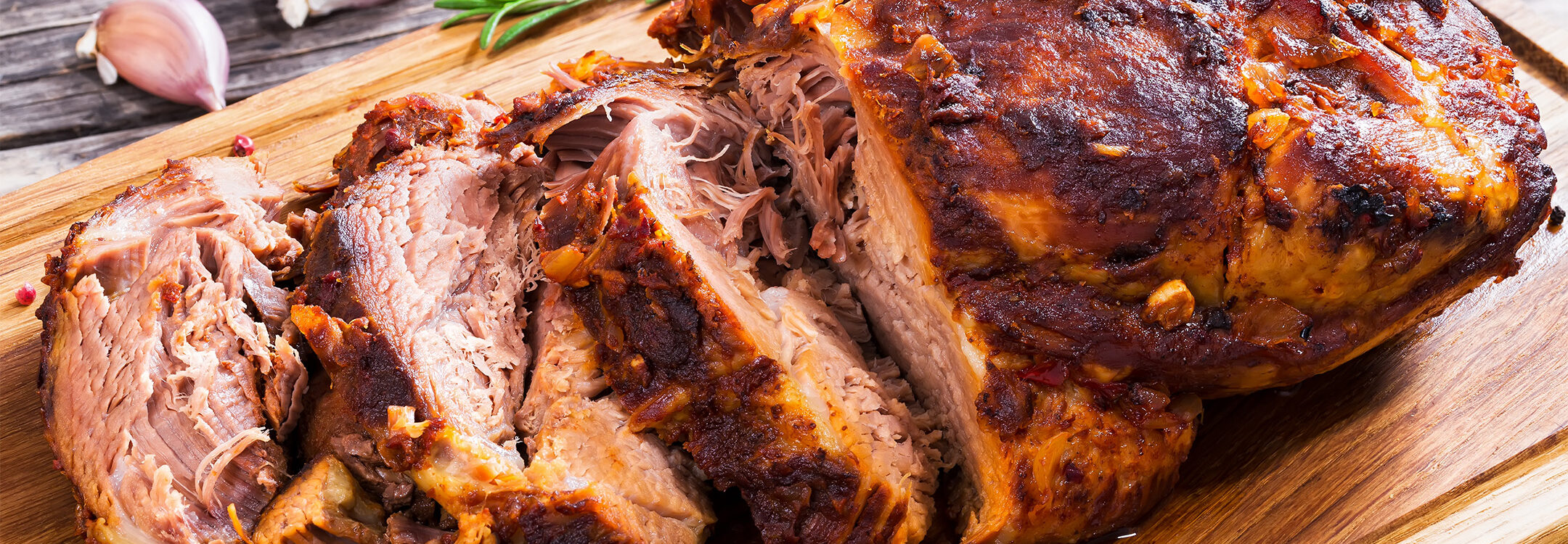
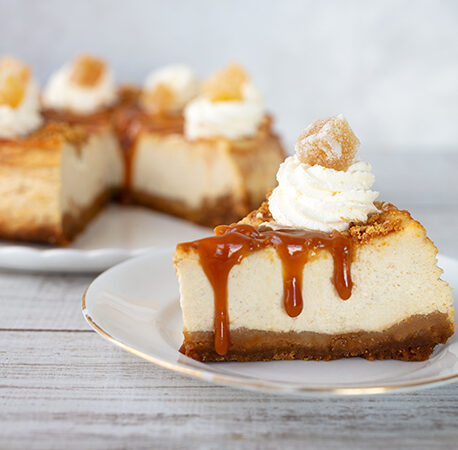

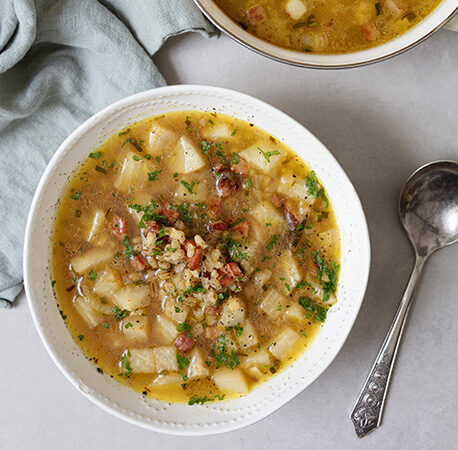
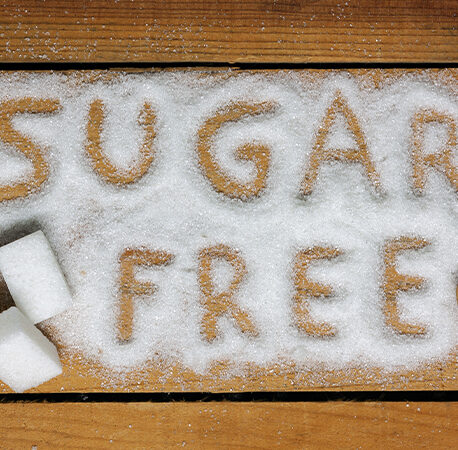
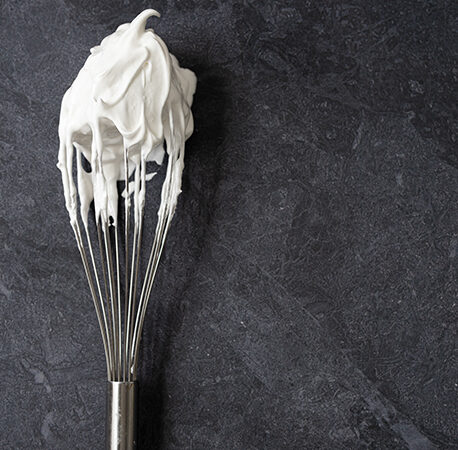
You have to be signed in to comment this post.